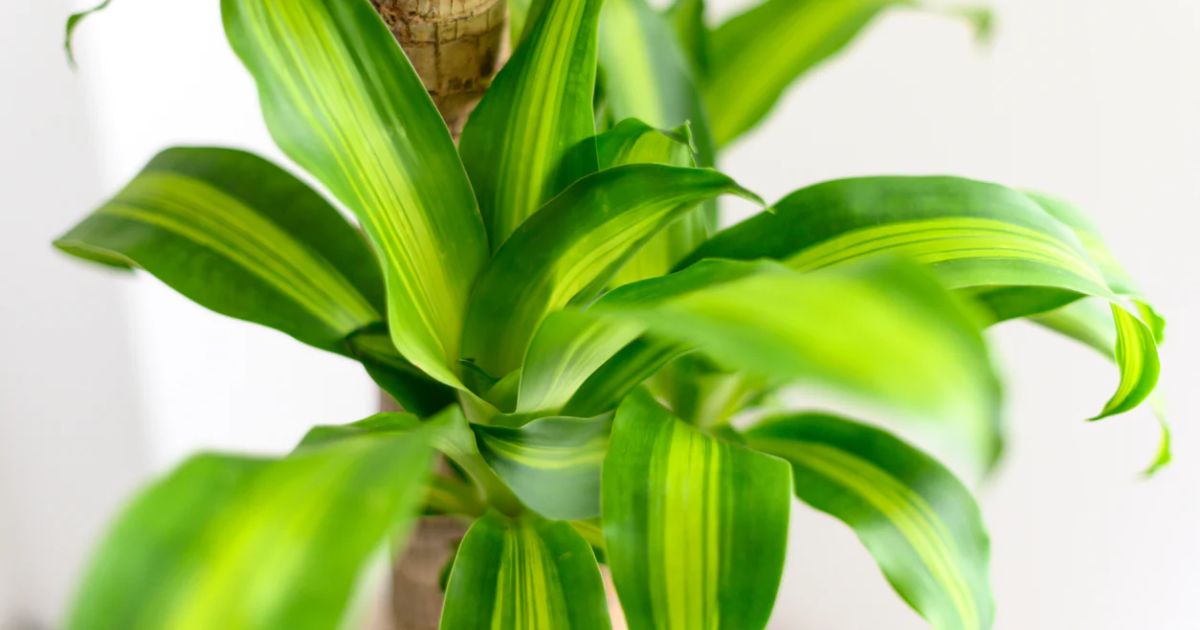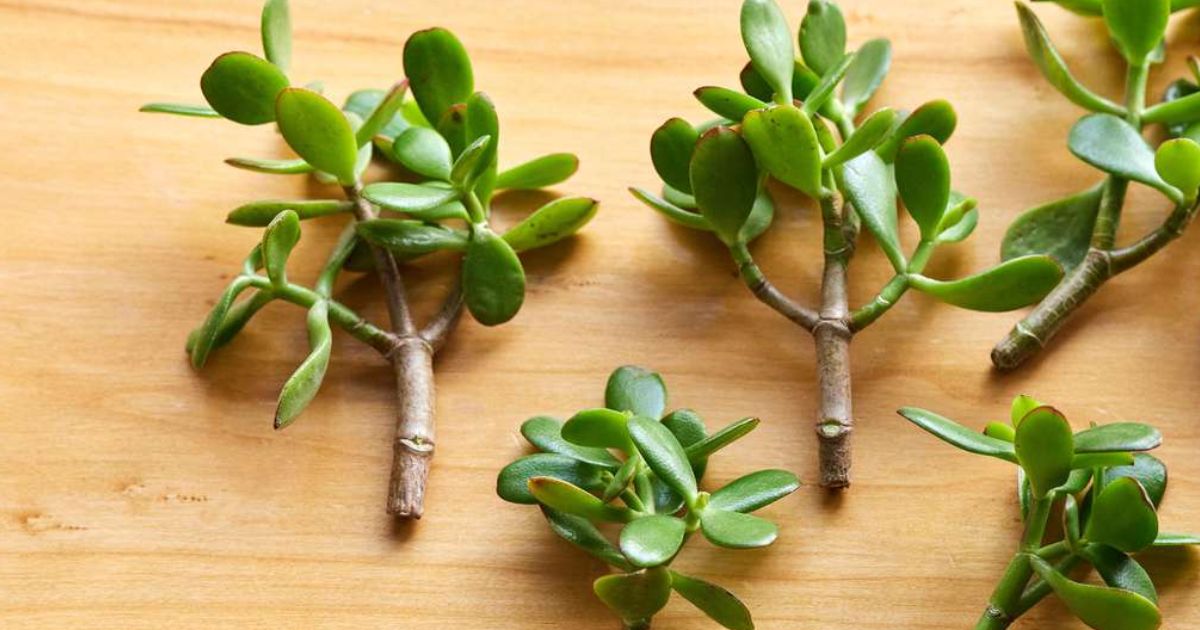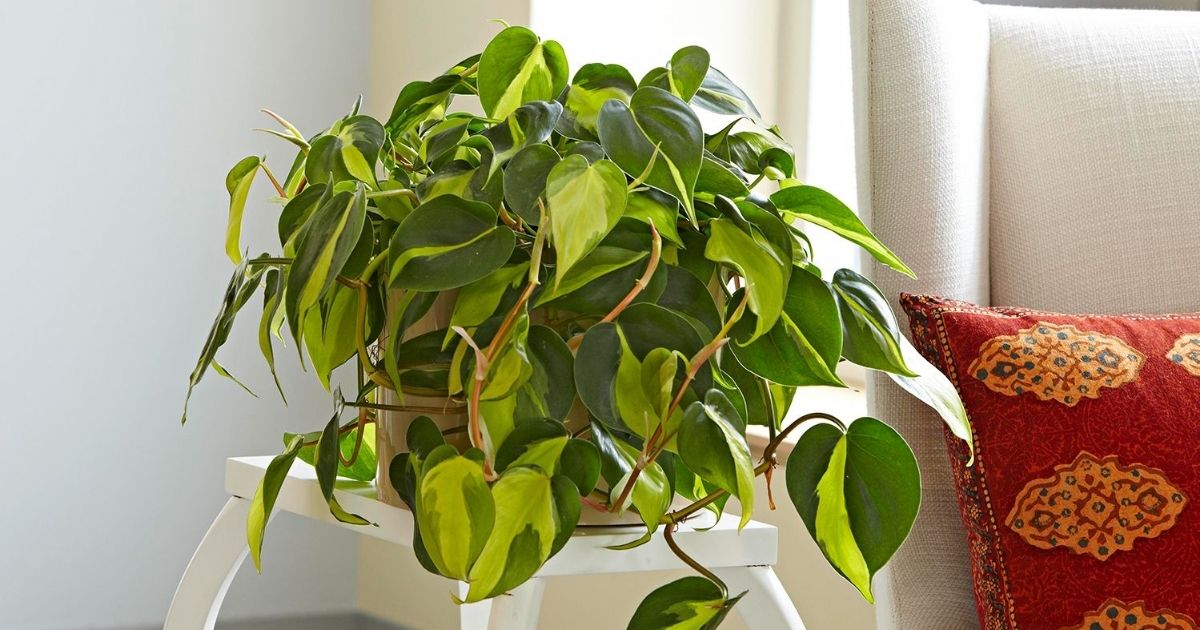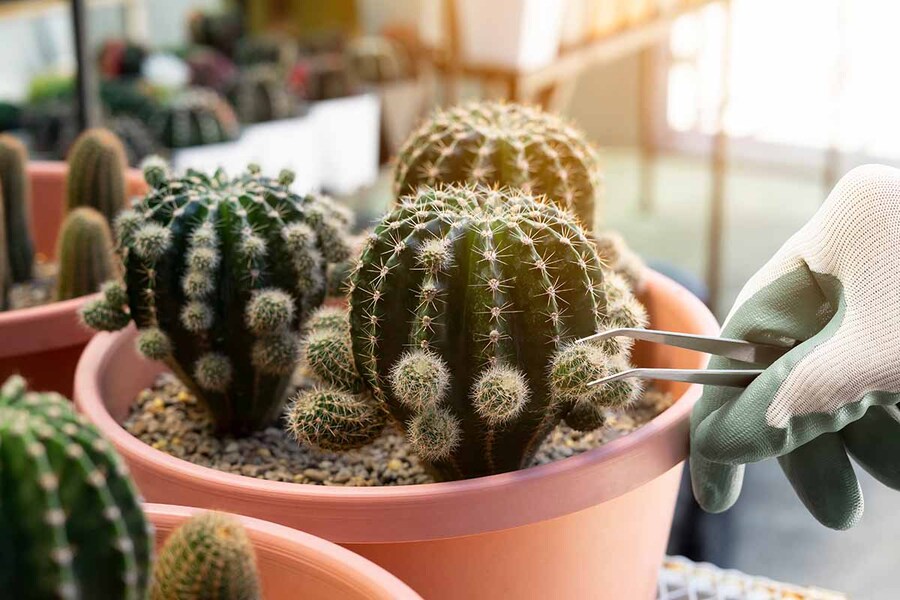Let There Be Light!
A little about plant lighting before we get into your choices.
Light performance was once only measured in lumens produced per watt of power consumed. Since the advent of LED technology, the industry now speaks of PAR readings (Phostosynthetically Active Radiation) defining the spectral wavelength between 400-700 nanometers which, allegedly, is the only range plants actually use. Long ago, the only real horticultural lighting option was a variant of the many HID (High Intensity Discharge) types. Today, LEDs are rapidly displacing this ‘old tech’ in both hobby and commercial situations, and for good reason. Let’s briefly look at both.
HIDs come in many variants but traditionally those most used for horticulture are Metal Halides, and High Pressure Sodiums. MH units shine white, delivering more of the blue spectrum, and HPS units glow amber, delivering more of the red spectrum. Various ‘color corrected’ lamps of both types offer better blends of the blue and red spectrum and these dominate in the HID tech.
HID units consist of a lamp in one of many types of reflectors that is driven by either a remote or attached ballast. Just to complicate things further, ballasts come in two types – magnetic or digital. Magnetic ballasts use a copper winding to regulate power to the lamp and electronic ballasts use solid state circuitry to do the same – but digitals do it more effectively. Electronic ballasts run lamps efficiently, get more light, but not necessarily life, out of them, and allow variable wattage options in the one unit. The problem with both is heat – these suckers run hot, and that’s power wasted as heat instead of converted to light. Indeed, HIDs can cost considerably more to run than LED equivalents. They remain a viable choice because they cost less up-front to buy, though they’ll sting you on the back-end with higher power bills and the need to replace lamps every so often. Our old buddy, Laughing Boy, used the early digital stuff in his day and I’ve seen few rigs today, despite the tech crammed into them, that can rival his yields or calendar times. Never discount a viable lighting option, but let’s consider why many people are, and turning to LEDs.
LEDs offer almost everything the modern grower needs – except that hit to your pocket up-front! Many consumers find the price of good LEDs prohibitive, but LEDs will reward you on the back-end. LEDs operate at less than half the cost of HIDs and waste little of that to excess heat while generally delivering superior light quality in the relevant spectrum – and you never have to change bulbs or spend a dime more after the purchase price.
LEDs began as noisy, fan cooled monstrosities emitting a blue/purple disco glow and what few of them survive in the market are known as ‘blurples’, a term of derision. Some strong performers still sell well in this category but blurples are giving way to the white full-spectrum LEDs now dominating the market. And even among these, enough choice exists to confuse you.
Many newcomers to LEDs, or guys coming off the ‘old tech’, opt for the cheap Chinese stuff – and why not? Few just take the plunge into quality LEDs because of their often prohibitive prices. Much of our industry hates the Chinese stuff, despite the many Chinese components in their pet brands, because Chinese is cheap! We don’t feel that way. The cheap end of the LED market offers a great introduction to the ‘new tech’ and, after all, seeing is believing. And the cheap stuff is improving. So why spend more?
The simple answer is – you get what you pay for! LED brands can bang on about chips and spectrums and alleged efficiencies but every industry has its rhetoric and marketing jargon – it’s all mostly bullshit designed to baffle you. How so?
Common selling points in the LED world are the brand of chips used. Consider, Samsung, Osram, or Cree, are just names that designate a brand, like Ford is a motor company. Thing is, Ford make little affordable hatchbacks, and they make expensive super-cars, but they’re all Ford cars. LEDs are ‘binned’ into batches, the high-quality and low-variability grades being ‘high-bin’ chips, and then the lower performing stuff that comes out of the manufacturing process. Quality, and often expensive, LED models use such high-bin components. They run cooler, output more light, and resist degradation over time – and that’s what the consumer is paying for. They also grow better and far heavier plants than the introductory budget stuff. Again, how so?
A little knowledge goes a long way, and will help you recognize quality from crap. Let’s talk spectrum vs output!
So which is it – spectrum or output? It’s neither alone, but perfect lighting conditions require both. As an either/or proposition, we’ll take output every time. Consider the success of the old-tech which offered just an adequate spectral range but tons of sheer light. Spectral manipulations without adequate output will not compensate and it’s a wonder LEDs survived the gimmicky blurple phase. The cheap stuff is still marketed as the so-and-so 1000 or 2000 that is actually just a 100w or 200w light, no matter what wattage of old-tech the manufacturers claim it replaces. They get away with this because though the total potential wattage of chips in the light may be 1000 or 2000 watts at max, they need to run each chip so far below that to preserve their useful life that the real-world draw out of the wall is often a fraction of actual capacity. Like we said, you get what you pay for.
Optimal spectrums and output and lifespan come almost exclusively from the upper-end LED brands. Spectrums are now primarily a variation of white light at various color temperatures ranging from cool to warm. Blurples are the ‘old-tech’ of the LED world, sunlight being white light after all. These high-end brands vary in their spectrum and color temperature philosophies, and what they bring to market, but they perform better and longer than the cheap-and-temporary and pay for themselves just as fast as the Chinese stuff in the boosted yields and faster crop times. Sometimes cheap can be a false saving – especially in the LED world. And if you want a quality LED, a ‘right-light’, how do you choose between them?
Resist the ‘efficacy’ trick. All bands of the spectrum are not equal. Blue bands register less on PAR meters than red. Of course, the reds are cheap and consequently plentiful in many fixtures that claim, ‘We give more par for the same power consumed.’ Is it a problem? It can be.
Spectral variations affect plant morphology, their shape and growth patterns. Too much in the red spectrum may result in larger, though airier, flowers, for the blue spectrum, and a balance of its complements, regulates nodal length and associated cellular functions. The Gold Standard is, of course, the sun. Those brands that offer lights truest to that will always out-produce brands that claim to have improved on nature. Cheap cheats with inexpensive 660nm red chips may make your PAR meters dance, but nature knows best and truer lights will always reproduce true results, regardless of the marketing. You get what you pay for. Commercial LEDs deliver commercial results and cost a commercial price. Those that pay for them see past price and gimmicks. All this notwithstanding, as we’ve already said, never discount a viable lighting option, and most horticultural lights will do a good job. For many of you, a good job may just be good enough.




